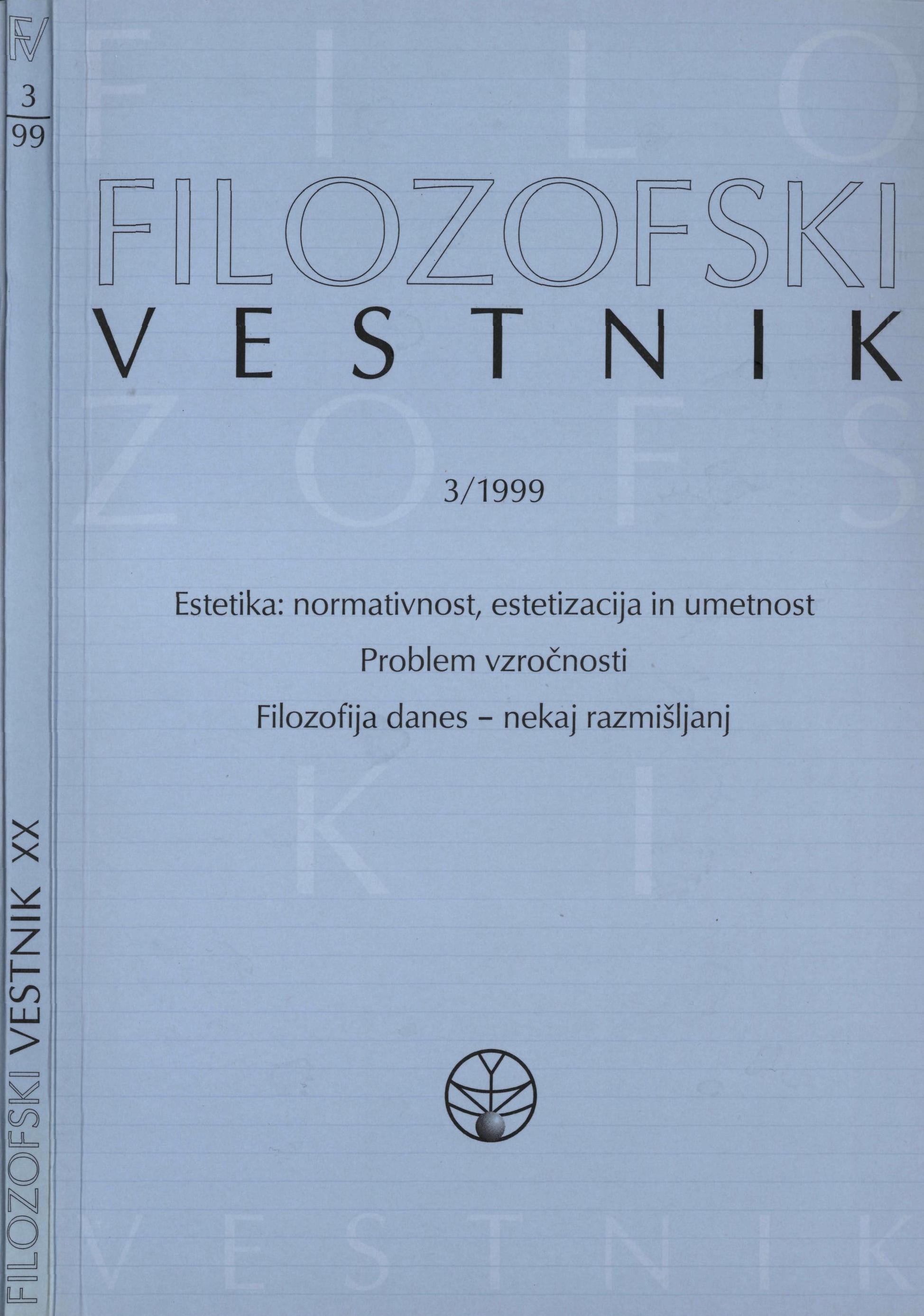Reprezentacija in umetniška normativnost
Povzetek
Vizualno umetnost našega stoletja lahko razdelimo v dve glavni obliki. Prva je tradicionalna umetnost (katere podaljšek tvori precejšen del modernistične umetnosti), ki privilegira prepoznanje in užitek, ki ga takšno prepoznanje nudi. Druga oblika se prične z ready-mades in se nadaljuje s konceptualno in neokonceptualno umetnostjo. Čeprav je v tem drugem primeru teorija veliko večjega pomena kot v prvem in predhodi samemu delu, lahko takšno delo na koncu koncev igra podobno vlogo kot tradicionalna umetnost, saj ravno tako lahko nudi posredno obliko prepoznanja. Predpogoj za to je, da deluje kot družben fenomen, namesto da svojo umetniško tehtnost gradi izključno na dejanju proizvodnje ali stvaritve. Umetniško vrednotenje, ki zagovarja mnenje, da vsa umetniška dela niso enakakovredno umetnost, zahteva, da ostaja nedotaknjen položaj kartezijanskega subjekta, saj je le na ta način možen distancirajoči pogled, ki ga enačimo z estetskim in umetniškim dojemanjem in vrednotenjem.Prenosi
Podatki o prenosih še niso na voljo.
Prenosi
Objavljeno
2016-01-29
Kako citirati
Erjavec, A. (2016). Reprezentacija in umetniška normativnost. Filozofski Vestnik, 20(3). Pridobljeno od https://ojs.zrc-sazu.si/filozofski-vestnik/article/view/4119
Številka
Rubrike
Estetika: normativnost, estetizacija in umetnost
Licenca
Avtorji jamčijo, da je delo njihova avtorska stvaritev, da v njem niso kršene avtorske pravice tretjih oseb ali kake druge pravice. V primeru zahtevkov tretjih oseb se avtorji zavezujejo, da bodo varovali interese založnika ter da bodo povrnili morebitno škodo.
Podrobneje v rubriki: Prispevki





